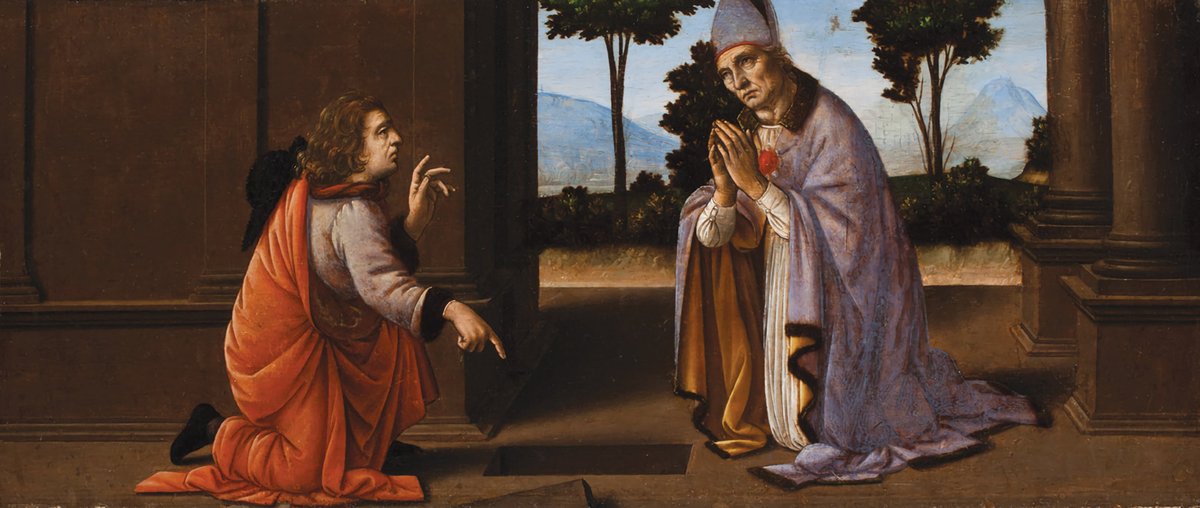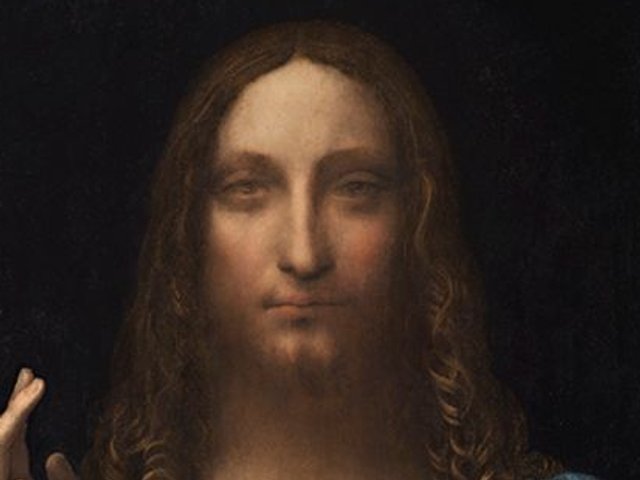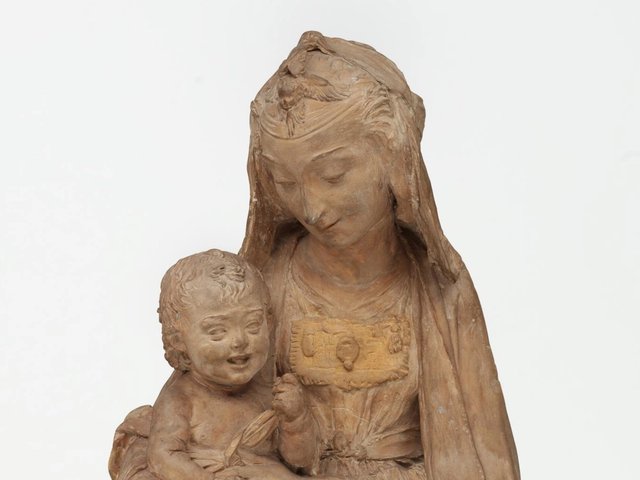As Christie’s aggressively marketed Leonardo da Vinci’s Salvator Mundi before the work sold for an astonishing $450m last November, the art world raged anew with questions about the painting’s attribution—even though London’s National Gallery had largely settled the debate by including the work in its 2011-12 Leonardo show.
This spring, the Worcester Art Museum (WAM) in Massachusetts will put the complex process of identifying a Leonardo at the heart of a new exhibition. The Mystery of Worcester’s Leonardo (10 March-3 June) makes the case that a work that has been in the museum’s collection since 1940, A Miracle of Saint Donatus of Arezzo (around 1479-85), should be credited to the Renaissance master.
“We are not afraid of any controversy,” says a confident Matthias Waschek, the museum’s director. External experts are more cautious, with one scholar calling the new attribution “plausible”, while another has expressed doubts.
The museum will display the work with another predella panel, the Annunciation (around 1475-78), from the Musée du Louvre in Paris. Both have been attributed mostly to Lorenzo di Credi. Drawing on research by Rita Albertson, WAM’s chief conservator; Laurence Kanter, the chief curator of Yale University Art Gallery, and Bruno Mottin, the senior curator of the Centre de Recherche et de Restauration des Musées de France, the exhibition will argue that Leonardo was the main author of both paintings.

The painting will be shown alongside the Louvre’s Annuciation (around 1475-78), also said to be mostly by the master Image: Jean-Louis Bellec/Musée du Louvre; courtesy of the Worcester Art Museum
Eyelashes look like Leonardo’s
The panels were part of an altarpiece for the Duomo of Pistoia in Tuscany; documents show that Andrea del Verrocchio received the commission around 1475. Leonardo and Lorenzo were members of Verrocchio’s workshop in Florence at the time. X-ray studies on the Worcester panel confirm previous theories that two artists worked on it, Albertson says, arguing that underdrawings betray the hand of Leonardo. The painting also presents light effects, details such as eyelashes and wrinkles, and a naturalistic landscape consistent with the master, she says. Mottin’s analysis of the Louvre’s work tallied with Albertson’s conclusions.
Kanter, who has doubted the Lorenzo attribution of the Worcester painting for around 20 years, cites observational evidence for Leonardo’s technique—for example, in the way the light breaks against the fingers of the saint. The work features “a recession of space that very few artists could have done”, he says.
The medium itself—oil—is another sign. Verrocchio and Lorenzo worked in tempera. “Leonardo was the only artist in Florence painting in oils at that time,” Kanter says. He suggests that as much as 85% of the Worcester panel was painted by Leonardo, who was then in his 20s and had not yet fully developed as an artist.
Lorenzo used as a fallback
Scholars wrongly treat Lorenzo di Credi as the default attribution “if a painting doesn’t quite measure up” to Leonardo, Kanter says. The show will include an accepted Annunciation (around 1480-85) by Lorenzo, from the Alana Collection in Delaware, to illustrate his distinct style.
Art historians have long agreed on the difficulty of firmly attributing paintings made in Verrocchio’s workshop. Rediscovered in the 1930s, the Worcester picture was donated to the museum as a Leonardo, only to be downgraded later by scholars. For decades, it was labelled solely as a Lorenzo di Credi. The Louvre credits its work to Lorenzo and Leonardo, in that order. Both labels will now change, but the museums will hedge, writing: “Attributed to Leonardo da Vinci and Lorenzo di Credi.”
These shifts point to a bigger conundrum. “There is real work to be done on the collaborations between Verrocchio, Lorenzo and Leonardo in the 1470s. We underestimate collaboration as a way of working at that time,” says Luke Syson, who organised the National Gallery’s Leonardo show and is now the curator of European sculpture and decorative arts at New York’s Metropolitan Museum of Art. He declined to comment on the thesis of WAM’s exhibition, but added: “When we see the works all together, we’ll be in a better position to judge.”
• The Mystery of Worcester’s Leonardo, Worcester Art Museum, Worcester, Massachusetts, 10 March-3 June





